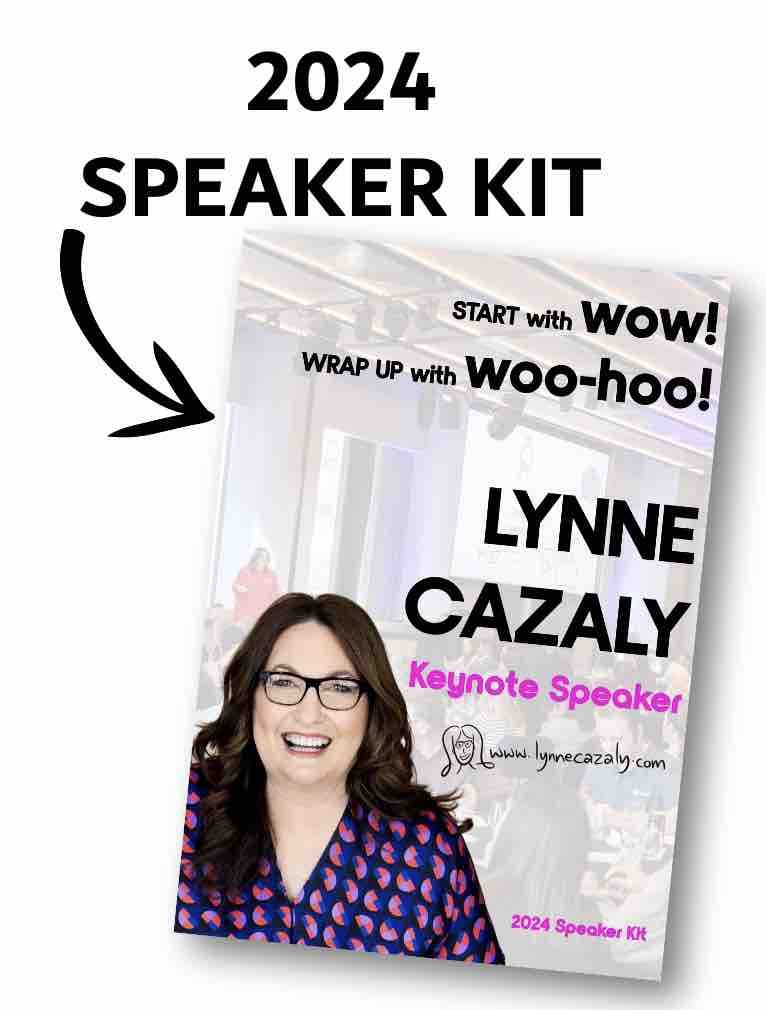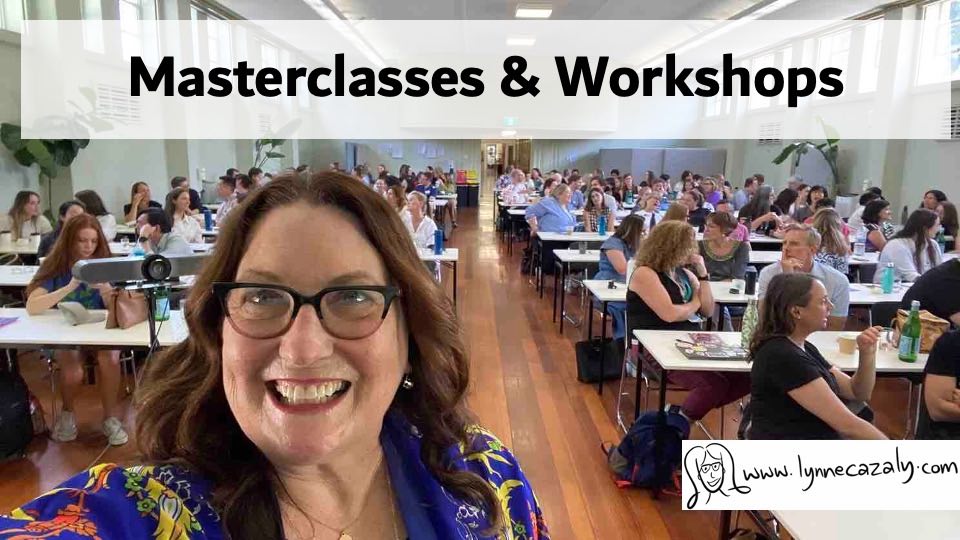Give good empathy
 Wednesday, March 11, 2015 at 11:32AM
Wednesday, March 11, 2015 at 11:32AM "We apologise for any inconvenience caused."
It's such a bland, banal, cover-all statement. I'm just not feelin' it though. I'm not feeling that you've REALLY understood the lengths to which your stuff, has stuffed up my stuff.
Building deeper connections, trust and understanding with customers, clients, colleagues and users means you've got to give, first.
In a workshop I was facilitating with customers and users recently, I made a point of giving. Deeply.
While I'm listening - like all good leaders, managers, trainers, facilitators, coaches do - I really need to show I'm listening. I've got to 'give' good listening, to get good trust.
So in workshops, conversations, sessions, I give empathy. Big time.
Then when there's been 'an inconvenience' or 'any inconvenience', I'll take the time in a client, customer or user workshop to hear it.
"But it's not on topic," whispers a designer on the project. "And it will build trust," I say later, "you'll get more engagement, trust and truth, later."
It's called empathy. I think we need to show it more by naming what it is that might have 'inconvenienced' people in the past.
Often people want to tell you their 'story' about a situation or experience. I've seen too many people cut off in the prime of their story because it's not on topic, or we don't have time, or they're waffling on or I don't have an answer for it or I can't fix it or <insert another low empathy excuse.>
I'm sorry if this has totally stuffed up your calendar for the day. I'm sorry if this means you were expecting to do this, not that. I'm sorry if this has meant you've spent time doing this and feel like you've wasted that time.
Wow that must have really been annoying. Gee that must have been frustrating and irritating. Ooooh that sounds like it was a difficult thing for you to have to do.
Understand. Name the inconvenience. Go out on an empathy limb. Make them know you feel it. And don't be so quick to jump on to the next topic or story. Give.

















